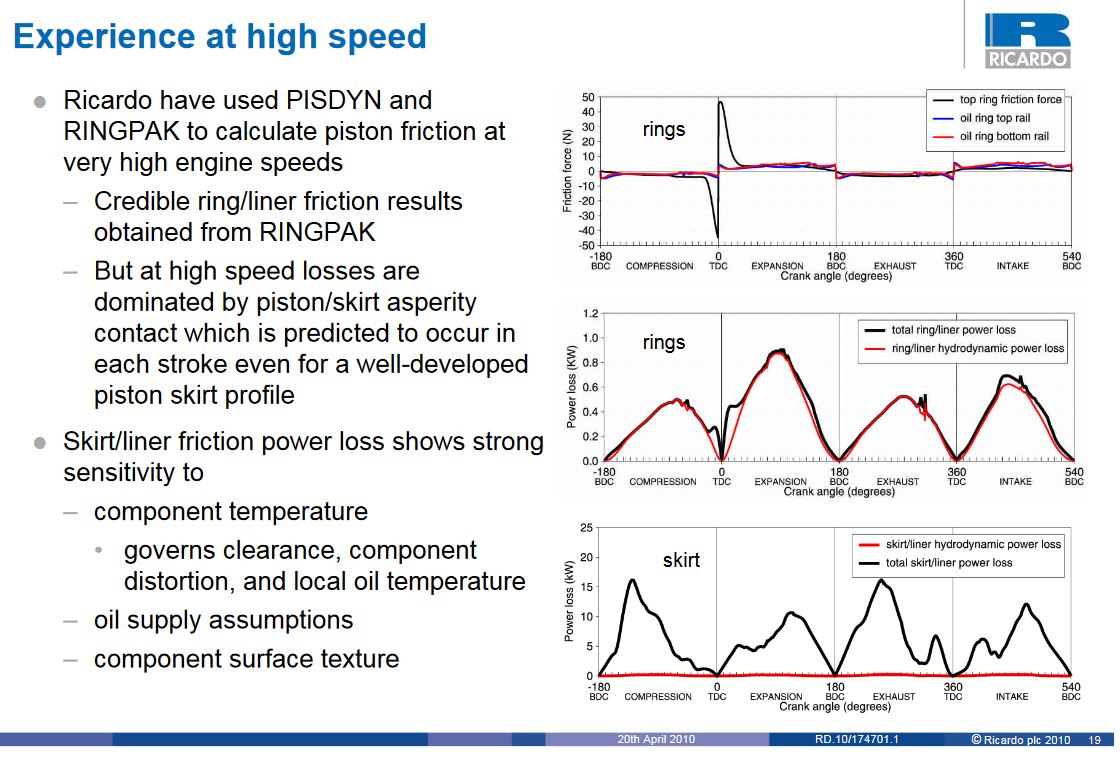I've heard all the arguments. What is the biggest problem?
We need a choice of piston & liner materials that will allow uniform(ish) circumferential expansion and a constant(ish) narrow gap within the operational range of a performance two-stroke engine. Add in piston stroke linearity, squish management, lubrication and thermal control.
In the words of a well known automotive Boof-head, "How hard can it be?".
Even if it's "rocket science", we managed to put men on the moon & brought them back, nearly 50 years ago.
I shall mention it No More, unless I've got something to run on a dyno.
Cheers, Daryl.
 quote: "Pursang is a glorious beacon of light"
quote: "Pursang is a glorious beacon of light"
"First they tell you you're wrong, and they can prove it.
Then they tell you you're right, but it's not important.
Then they tell you it is important, but they knew it all along."
Charles Kettering.





 Reply With Quote
Reply With Quote










Bookmarks